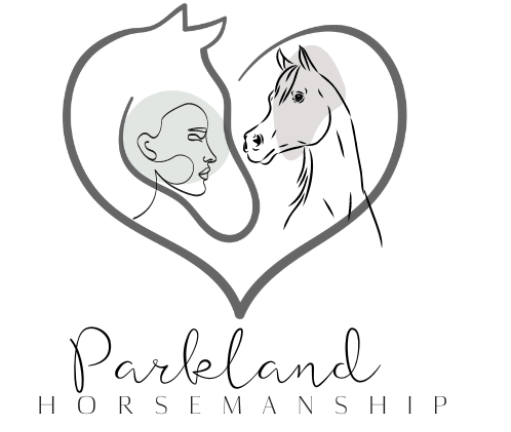Trust is essential in any relationship. Without it, horses may become stressed out or disobedient to their handler’s commands.
Groundwork exercises like long-lining and driving are great ways to form trust between horse and rider. Not only will these activities increase their balance and flexibility but can also enhance responsiveness to subtle cues from your horse. But be careful not to push them too hard lest they panic and break under pressure!
1. Walk Over a Tarp
Horses often balk when asked to walk over something which might be scary for them, but the goal should be desensitizing them so they feel confident moving over objects found along a trail and feeling safe while doing so.
Start by placing a tarp on the ground and asking them to step over it without hesitation or fear. As they adapt, you can gradually bring closer the tarp.
Gradually, you should practice this exercise in liberty to see how well your horse does. Work up to leading them without using a rope; this is the ultimate trust exercise and shows them that you are their leader, they can trust you to keep them safe.
2. Blindfold Exercise
As part of her training class, Wendy pairs every student up and instructs them to blindfold each other before running an obstacle course that requires them to communicate without speaking out or looking directly at each other.
This exercise helps riders realize that every cue and aid they provide their horse has value. When your voice becomes filled with useless chatter, horses often tune out your commands.
Additionally, this helps the rider learn to be more specific with their requests when working with their horse. For instance, when asking a horse to walk shoulder-in, make sure it understands exactly what you expect them to do to prevent misinterpretation of your command and accelerate learning curves.
3. Touch Game
Untrusting horses may respond in various ways. From bracing, resisting, ignoring, and being ignored altogether to becoming explosive and bucking or acting strange, all are possible responses that might indicate mistrust on behalf of their owner.
One effective method for building trust with your horse is simply brushing their mouth – usually on their muzzle – gently. This provides a relaxing exercise for them and may help desensitize them to feeling your hand on their body.
Add another great trust-building exercise by blindfolding your horse. This powerful exercise teaches them that every cue and aid they receive has value, making them more likely to trust in their leader.
4. Feet on a Pedestal
Relying on groundwork to foster trust and build confidence are an integral component of any horse owner’s training plan. Horses respond well when their environment and humans around them make them feel secure; finding ways to achieve this will ultimately result in better riding outcomes for all parties involved.
One of the best exercises for building trust between horse and rider is challenging them to put their feet up on a pedestal. This challenge strips away their vision, forcing them to trust you completely.
To start this exercise, use any size pedestal and have your horse stand on it. Begin by placing their front feet onto it gradually increasing it until all four hooves touch it.
5. Lead Without a Rope
Your horse will gain more trust if you show him that every cue, aid and communication from you is valued equally. Sometimes being firm with him may also help.
When your horse moves his nose forward in front of you, snap the lead hard (do not jerk it) and say whoa. He will learn to respect your space rather than invade it.
By continually challenging your horse, the more rewarding and intimate will become the partnership. Utilize some of these exercises and games to strengthen that relationship; just make sure not to push too quickly or scare him as this will only damage trust between horse and rider.

